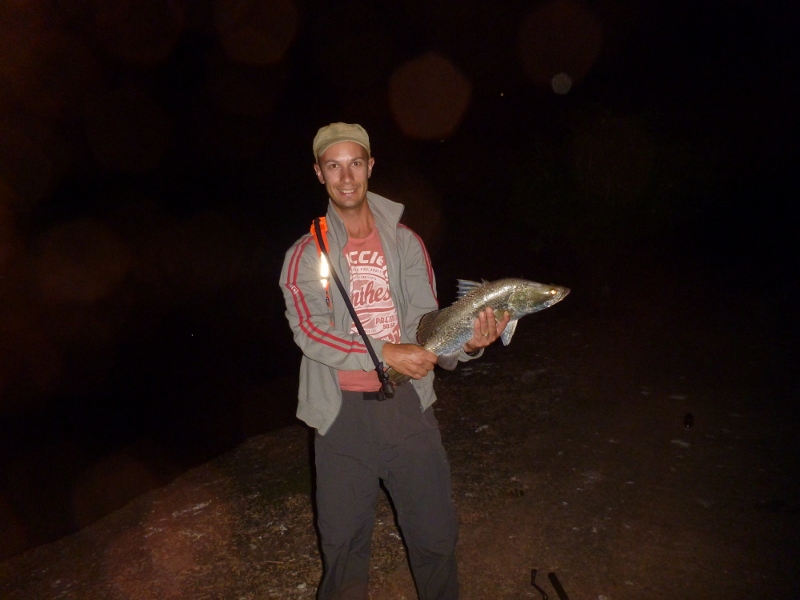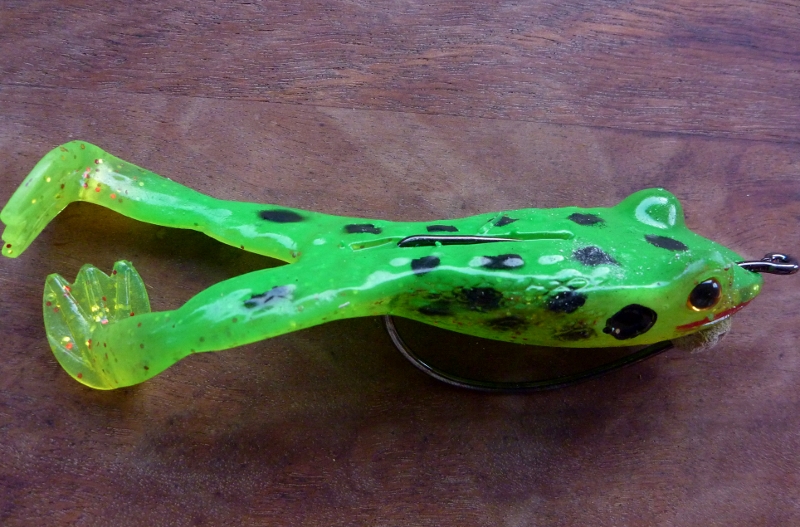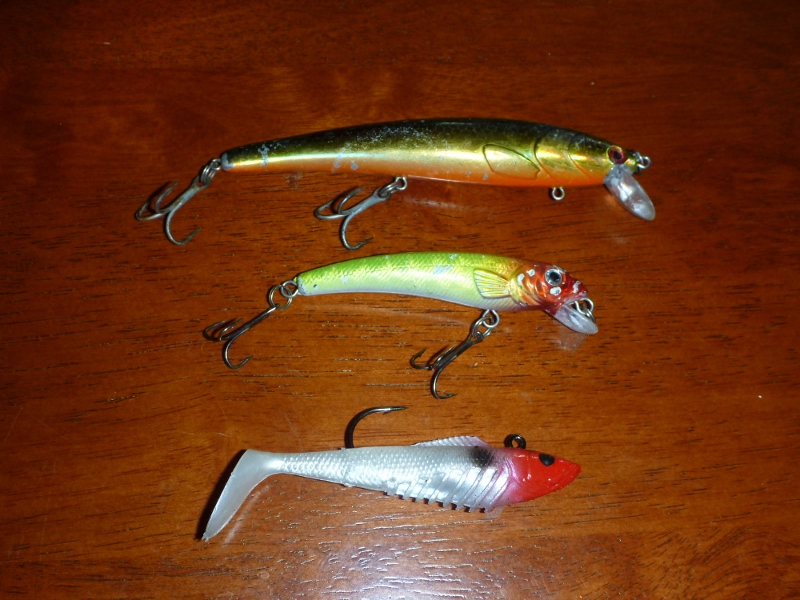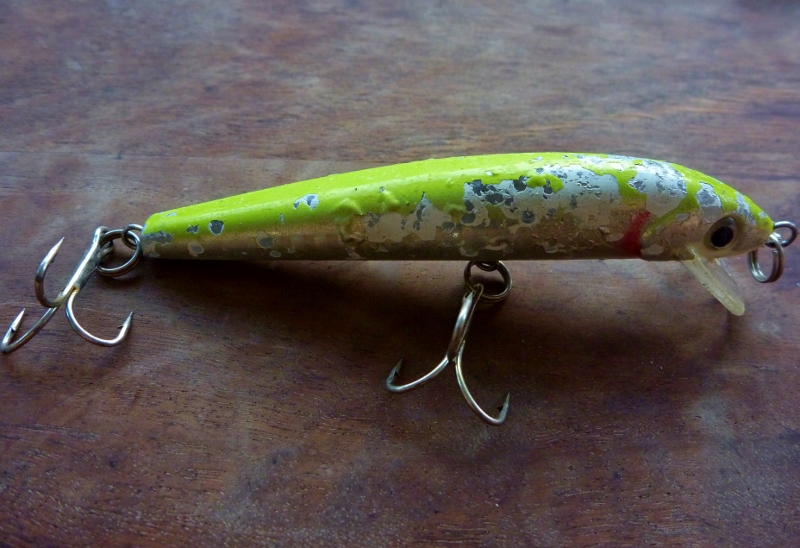last updated 4/12/2019
 Elusive, iconic, acrobatic, delicious. Everyone wants to catch a barra. To southerners like myself they hold a special appeal. They represent heading into the outback, escaping big city life and replacing it with big fishing life. They are cloaked in the mystery of the remote top end of Australia, the great unknown. Australia’s final frontier. The feeling of catching your first barramundi can only be described as better than any feeling anyone who’s never caught a barramundi has ever felt. Barramundi are one of the Holy Trinity species which makes them even more sought after.
Elusive, iconic, acrobatic, delicious. Everyone wants to catch a barra. To southerners like myself they hold a special appeal. They represent heading into the outback, escaping big city life and replacing it with big fishing life. They are cloaked in the mystery of the remote top end of Australia, the great unknown. Australia’s final frontier. The feeling of catching your first barramundi can only be described as better than any feeling anyone who’s never caught a barramundi has ever felt. Barramundi are one of the Holy Trinity species which makes them even more sought after.
I’m no expert at catching barra, having only been in the business for a few years, but I have learnt a bit during my short career and have managed to land a few. My biggest maxed out at 83cm. Most of my fishing has occurred during the dry season and I don’t have a boat, so not too bad.
In this article I discuss how to catch barramundi from a land based fishing perspective. It is split into two sections: traditional tips, and my super special secret tips.

How to Catch Barramundi: Traditional Tips
This is similar to the techniques you’ll find in any barra fishing guide. Follow these points to improve your chances of catching barramundi.
– Find a good spot. Look for snags, deep holes, intersections of two separate flows of water. Spots where a hungry barramundi will likely wait to ambush prey. Without a boat, a good spot generally means anywhere that you can access and cast a line. Beggars can’t be choosers.
– Keep trying at one spot before moving on or giving up. Lazy barramundi can be indecisive and require repeated tempting before striking. If you’re land based fishing you may not have many options. Keep fishing the same spot. Don’t stop.
– Accuracy is important when fishing for barramundi, so you want short fishing rods. Around 6ft in length is good. Small means greater accuracy when casting, which is a requirement when fishing among snags. Small rods are also easier to manage when fishing around vegetated river and creek banks.
– Some suggest baitcasting reels are best for improved accuracy and longer casting. I don’t have much experience with baitcasting reels, but with the experience garnered through losing dozens of lures, I’ve learnt to cast pretty accurately with my good old egg beater. Also, unless you’ve had plenty of practice, I’ve found baitcaster reels prone to forming tangled birds nests.
– A laceration and abrasion resistant leader or trace is required to protect against snags and the sharp gill rakes that barramundi possess. Thin braid or mono from your main spool isn’t good enough. Terminate your line with a length of heavy gauge mono or a steel trace to give you the best chance of landing a hooked up barramundi. Some people believe steel traces lead to fewer hook ups, reason being that the barramundi can sense them and don’t like them. I don’t know if it’s true, but for lures I don’t think it matters much anyway. A fish striking a lure is quick and acting on instinct. It doesn’t have much time to sniff around and I’ve had good success with steel traces on lures. When using bait you might want to consider heavy gauge mono.
– Best lures seem to be traditional minnows and soft plastics. Bouncing a frog lure across water lilies is also productive for catching barramundi. At night time slowly retrieving surface popper lures to simulate mullet cruising around on the surface seems to be productive.

Frog lure for catching barramundi. Flick lures like this across lily pads to entice a hungry barra. Notice the hook is recessed into the soft body of the lure to help reduce the risk of snagging. Once a barramundi bites down on it the hook point becomes exposed.
– Vary your lures. Change types and change colour and keep trying.
– When lure fishing, retrieve slowly. Barramundi are lazy ambush predators that wait for an easy target to pass buy. Generally they won’t pursue a fast moving lure. For a typically geared egg beater reel like mine, a retrieval rate of around 1 hand crank revolutions per second is good. Make sure you retrieve fast enough for your lure’s swimming action to work. The minimum speed required to activate the lure’s action is a good speed.
– Vary your retrieval. Try extremely slow. Try medium pace. Try twitching your rod during retrieval. Try stopping your retrieval, twitching, then resuming.
– Although lures work well on barramundi, you still can’t beat bait, especially live bait. Small mullets caught with a cast net or small prawns or cherabin caught in opera house traps are the most popular live bait. When the going is tough and the barra aren’t feeding aggressively, live bait may be the only way to catch a barramundi.

Cherabin are a type of freshwater prawn found in Northern Australia. They are good bait for catching barramundi. They are also edible, tasting much like traditional prawns.

Cherabin on the hook whilst we target barramundi on the Katherine River.
– When hooked up, maintain line tension at all times and retrieve quickly. Barramundi are skilled at spitting hooks and lures, even from apparently rock solid hook ups. Their mouths are extremely tough, resisting a good hookup. Often the hook does not penetrate the mouth, but rather gets snagged on a ridge or bump. Releasing tension allows the hook to lift off the ridge or bump, freeing the barramundi. Many barramundi that I’ve caught end up spitting out the hook as soon as tension is released when brought to shore.
– It is said that barramundi migrate to different areas of river systems and estuaries according to season. Their aggressiveness also changes with season. Middle of the dry season is most difficult to hook up barra. They move slow and try to conserve energy. Unfortunately that’s the time when most anglers are trying to catch their first barramundi. Other times of the year are better. I’m not an expert capable of writing a lengthy thesis on barramundi migration, but I’ve found the most reliable areas regardless of season are deeper areas in the transition zone between fresh and salt, maybe say 25 to 75km upstream from the ocean. In the middle of the dry look for deeper pools in river systems or pools that have been completely isolated to form billabongs, forcing barramundi to concentrate there. Upstream of causeways and barrages also seem to be areas where barramundi congregate during the dry season.

Shady Camp, Mary River National Park is famous for being a productive barramundi fishing spot. It’s around 30km inland and has a barrage that seems to hold good barra on the upstream side in the dry. This is where I caught my first barramundi.

My first sized barramundi, caught at night at Shady Camp. Barely legal, but good enough.
Super Special Secret Tips

Small barramundi caught in a tidal creek near Dundee Beach.
So you’re following the standard techniques and still haven’t caught any barramundi. You’re starting to question your manhood. I’ve devised a test to evaluate an area’s barramundi producing ability. Use this to rate how likely a fishing spot is to deliver barramundi. Each “yes” answer scores one point, adding together to yield a score out of 5. Give half a point if you think a condition is almost met. The higher the score, the better the chances of catching a barramundi and the more time you should dedicate to that spot. Seek out fishing spots that yield a higher score to improve your chances of catching barra.
– is the area remote and difficult to access, on the end of a long, poorly maintained and badly corrugated dirt track?
– is the area untouched and undeveloped by man and lacking any facilities that would otherwise make your stay more comfortable?
– is the area inundated with biting midges? To score this point you need to be bitten by a midge at least 5 times per minute.
– is the area inundated with mosquitoes? To score this point you need to be able to hear uninterrupted buzzing of mosquitoes and a bite rate of at least 2 times per minute.
– is the area inundated with huge man eating crocodiles? To score this point you need to be able to spot 5 or more crocodiles at any one time.
Interpretation of scores:
0 to 1 out of 5: Little to no barra. It will be extremely difficult to catch barramundi. Best not to become demoralized by almost certain failure.
2 to 3 out of 5: Possible barra. Maybe give it a go, but still difficult for the beginner barramundi fisherman and difficult if you don’t have a boat. Live bait fishing may be an option to improve your odds.
4 to 5 out of 5: Certain barra. Dedicate as much time as you can to fishing this spot. It’s only a matter of time until you land a big barra.

Fishing for barramundi in the Daly River at Oolloo crossing. This spot is inland a fair way and scores only 3 on my barramundi scale. Not enough crocodiles or biting midges.
More Super Special Secret Tips
Trying to catch barramundi comes at great cost. That cost is lost lures, traces and fishing line. When you first start fishing for barramundi, don’t buy good lures. You’ll lose them. Get yourself a bulk order of super cheap lures from ebay, and a bulk order of cheap traces and swivels too. You won’t be as devastated when you lose them all without catching a single fish. Once your lure attrition rate has stabilized, think about getting some better lures. Or just keep getting cheap ones like I do. Whether you get cheap or expensive lures, when you first start fishing for barramundi be prepared to lose a lot of rigs. Make sure you are ok with that before you start.
Unfortunately for lazy fisherman like myself, persistence is a big factor. Put in 12 hours a day of hard fishing in a good barramundi producing area with a 4 or 5 out of 5 rating, do it a few days in a row, and there’s a good chance you’ll catch something, if not a barramundi then some sort of encephalitis or ross river fever.
One other important factor is to go fishing early evening or at night. Barramundi generally feed more at night. As the sun sets you’ll start hearing them splashing around feeding on the surface. This is the best time to fish. You have a much better chance of catching a barra. It’s also the best time to get killed by a man eating crocodile and / or devoured by mosquitoes and biting midges. So night fishing can come at significant risk, but it gives you your best chance of catching barramundi. In the dry season I have only ever caught barramundi late afternoon or at night. The problem with night fishing around crocodiles at night is that it reduces your life expectancy significantly.
Tips to Reduce Hefty Lure Losses
Before casting, have a look around. Check which way the current is going. Look at the snags in the water and the overhanging vegetation that may catch your lure when you cast. Do a quick mental lure loss risk assessment. Figure out the best way to swing your rod. On your first few casts, aim far away from snags. Once you get a feel for the lure’s casting action and the prevailing conditions, start casting closer to the snags, probing for any potential barramundi. When you change lures or rigs, again aim away from snags for your first few casts. If using soft plastics, be aware they sink very quickly. As soon as a soft plastic hits the water, reel quickly until all slack in the line is eliminated. Soft plastics are the most frequently lost lures.
I use cheap lures. Personally I can’t justify the expense of spending $20 on a lure, especially when they are so often lost. I don’t think there is much difference in fish attracting ability between cheap lures and expensive lures. A hungry fish presented with a reasonable looking lure will likely snap it up. A good lure however will probably have stronger, sharper hooks which can help secure a better hookup. Good lures have stronger split rings to terminate your line onto. Good lures may have a better paint job that doesn’t chip and scratch as easily when bounced along rocks and snags. But I’ve never noticed someone with expensive lures catching a lot more barramundi than someone with cheap lures. I’m happy with the al-cheapos.
Cheap lure or not, with some persistence and fishing at good spots you’ll catch barramundi. Good luck and be safe.

Barramundi caught at Cahills crossing, Kakadu National Park.
Checkout outbackjoe on facebook
See also
Croc Safety – Land Based Fishing with Crocodiles
Croc Safety – Land Based Fshing with Crocodiles at Night
How to Catch Australian Salmon
Our Fishing Setup for Touring / Camping






good report ! you said it seriously not without humour.
Cheers artis
Cheers Joe, left Katherine empty handed and currently at kununurra and can’t afford the $300 half day tour so will definitely take your tips on board!
Katherine is a difficult spot to catch barramundi. Scores about zero on my barramundi scale. You should have better luck exploring some of the rivers around kununurra. Good luck!
Thanks for the insights, will take them onBoard. I caught my first barramundi today. Very happy. It was approx 2.5kg and tasted beautiful. Fitzroy river near geiki gorge.
First barra! Nice work. Welcome to the elite club. May you catch many more. Kimberly ay, my favourite region of oz even though it’s my least traveled.
Excellent article. The pictures are amazing. Great job.
Great write up. Thanks! Good humour
No probs. Hope you catch a fish.
I try to be like you
Thank you for the tips….am a newbie in barra fishing… Will be trying our luck this saturday in obando bulacan philippines a friend showed me a mobile pick showing large catches of barra in the inner river part of the river… Hoping to get one a lrage one fir my bucket list….
Thanks for your article,especially the points system,that’s my logic? Too,.If it’s not uncomfortable you’ll do no good.My wife & I are going up there this year and our spot scores 4-5.
Nice we’re heading up to Kimberley WA this year too hope to land a few barra.
Very nice explained. Will it applied for fishing barra at sea shore also. I have landed many GTs and Barracudas but not yet a single Barramundi. But there I have seen lot of Barras slashing at day time, chasing small mullets.
Hey mate yeah same thing from the shore. I haven’t tried much beach fishing for barra but sunset / night time with a popper I think is a good option. Pull the popper in slowly like a mullet cruising among the surface.
Love your article – really clicks with me and matches what I try to do. Being a southerner, July is the time I go north and usually fish for Barra without success but I’ll follow your tips. Heading for the Daly (Lee and Jenny’s) in July 2018. Good on you mate !
Nice you taking a boat there? I found not many options for land based fishing around Daly River, need a boat.
can you please give me the line weight set up for river and lagoon fishing mate from spool to lure new to Barra fishing just want rod set to go for any sites we come across on trip cheers outbackjoe
Hey Robert it’s all described on this page https://outbackjoe.com/macho-divertissement/our-hilux-setup/fishing-gear-for-touring/